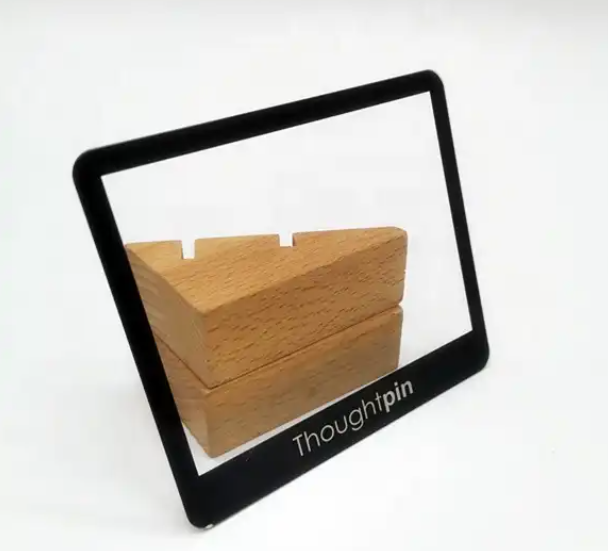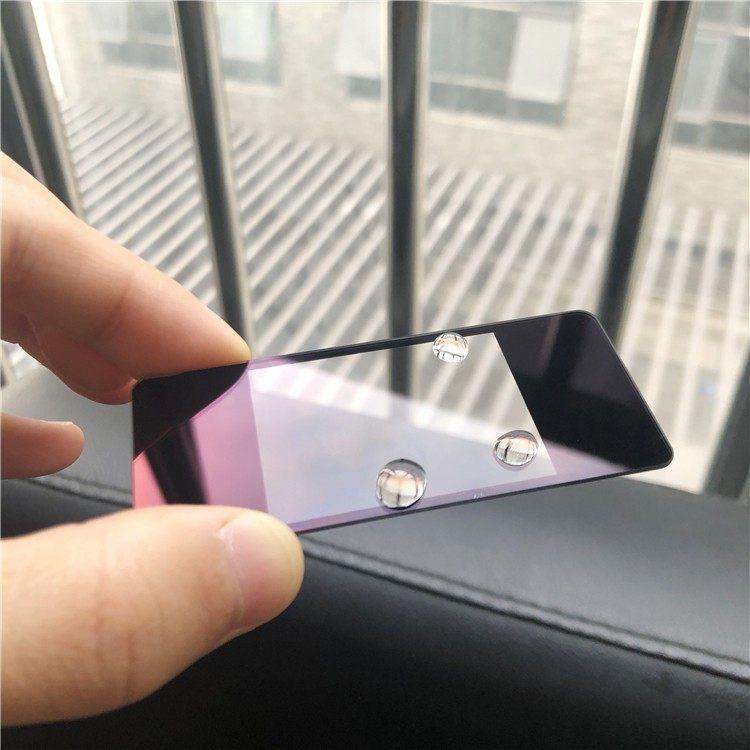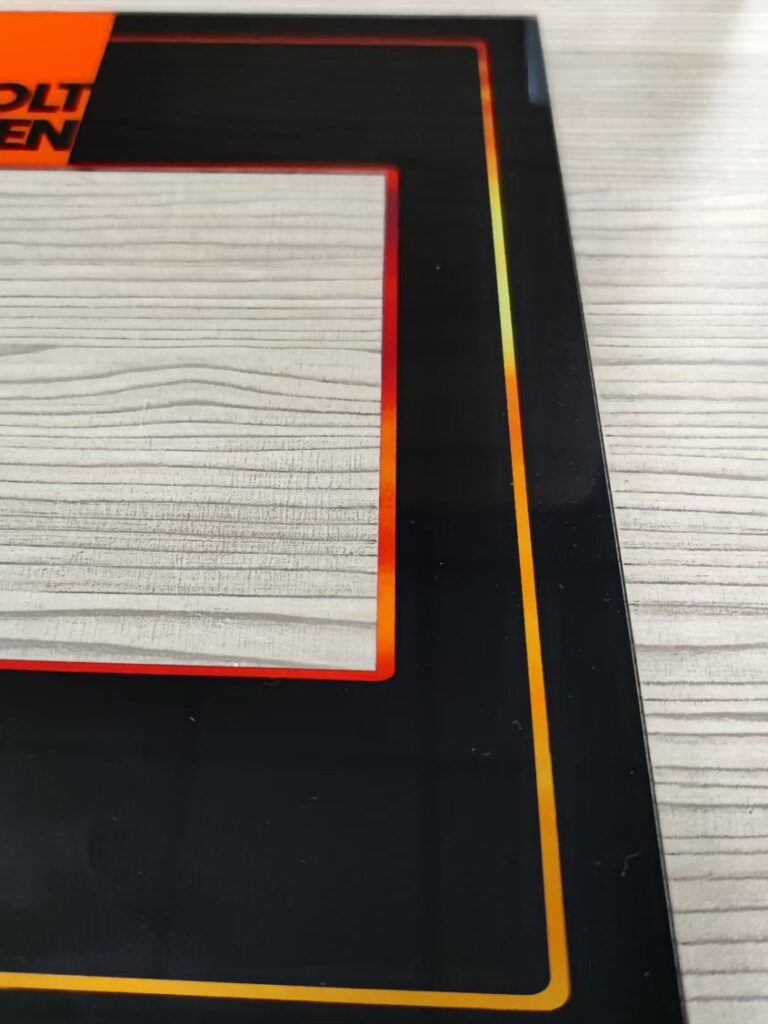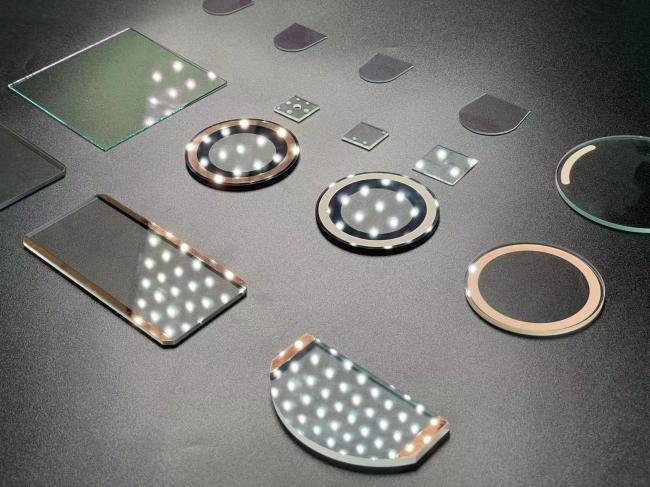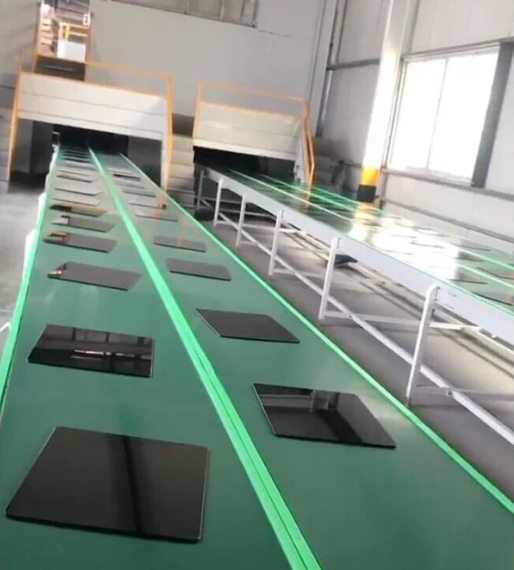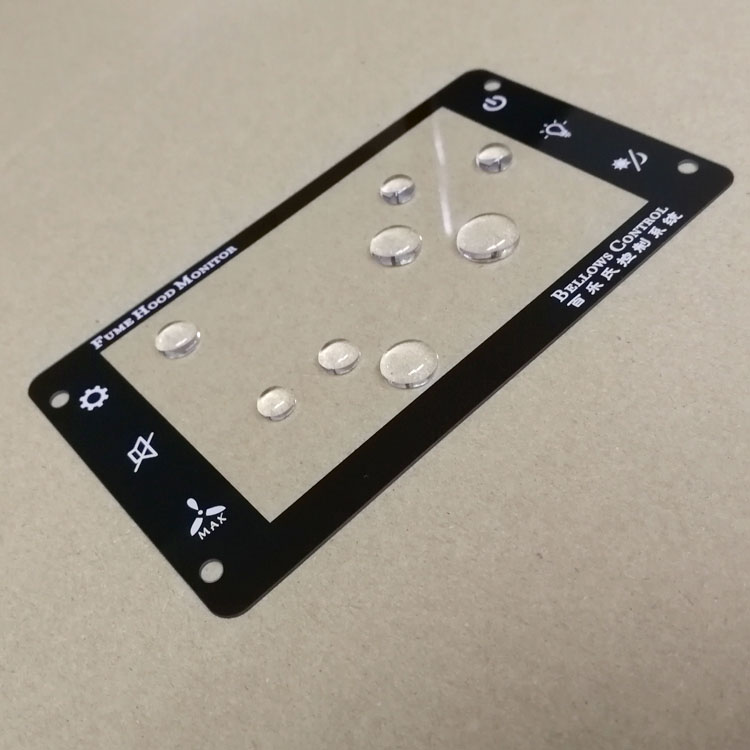
In the realm of consumer electronics and beyond, the emergence of Anti-Fingerprint (AF) Glass has attracted considerable attention due to its advanced properties compared to traditional glass. This detailed analysis aims to compare AF Glass with traditional glass, elucidating the differences that make AF Glass a preferred choice in many modern applications.
Chapter 1: Understanding AF Glass
Defining AF Glass
AF Glass, known for its anti-fingerprint properties, is engineered by applying a special oleophobic coating to the surface of the glass. This coating effectively repels oils and liquids, reducing the visibility of fingerprints and smudges.
Advantages of AF Glass Over Traditional Glass
AF Glass offers several benefits over its traditional counterpart, including improved clarity, reduced cleaning frequency, and enhanced durability. These characteristics are particularly valuable in devices that are frequently handled, such as smartphones and tablets.
Chapter 2: Physical and Chemical Properties
Surface Interaction
Traditional Glass
Traditional glass surfaces attract fingerprints and smudges, which can obscure visibility and necessitate regular cleaning.
AF Glass
The oleophobic coating on AF Glass repels oils and liquids, significantly reducing smudge marks and making cleaning a less frequent necessity.
Durability and Scratch Resistance
Traditional Glass
While traditional glass can be toughened to resist scratches, it does not inherently repel scratches or reduce fingerprint visibility.
AF Glass
AF Glass not only resists fingerprints but also includes enhanced scratch-resistant properties, thanks to the advanced coatings that are applied to the glass.
Chapter 3: Aesthetics and User Experience
Visual Clarity
Traditional Glass
Screens and surfaces made with traditional glass can appear dirty and require constant maintenance to remain visually clear.
AF Glass
AF Glass maintains a cleaner appearance for longer periods, which is essential for the display quality of high-definition devices.
Touch Sensitivity and Interaction
Traditional Glass
The accumulation of fingerprints on traditional glass can affect touch sensitivity and the overall user experience.
AF Glass
AF Glass maintains a smooth surface that enhances the user’s touch experience and device interaction.
Chapter 4: Applications in Consumer Electronics
Smartphones and Tablets
Traditional Glass
Devices with traditional glass need frequent cleaning to maintain functionality and aesthetics.
AF Glass
Smartphones and tablets equipped with AF Glass provide users with a consistently clean interface, which is critical for devices that are in constant use.
Wearables and Touchscreens
Traditional Glass
Wearables and touchscreens with traditional glass can quickly accumulate fingerprints, affecting both the look and function.
AF Glass
The use of AF Glass in wearables and touchscreens ensures that the devices remain clean and functional, even with regular contact.
Chapter 5: Cost-Benefit Analysis
Production Costs
Traditional Glass
Traditional glass is generally less expensive to produce, which can make it a cost-effective option for some applications.
AF Glass
The additional processing required to apply the oleophobic coating on AF Glass can result in higher production costs.
Long-Term Value
Traditional Glass
The lower initial cost of traditional glass may be offset by higher maintenance needs over the device’s lifespan.
AF Glass
Although AF Glass may be more costly upfront, its durability and lower maintenance can contribute to a better long-term investment.
Conclusion: Embracing Innovation with AF Glass
AF Glass stands as a testament to innovation in materials technology, providing a clear advantage over traditional glass in multiple aspects. Its superior resistance to fingerprints and smudges, enhanced durability, and overall user experience improvements make it an increasingly popular choice in consumer electronics and other fields that value cleanliness and clarity.
Frequently Asked Questions About AF Glass
Q: Can AF Glass completely prevent fingerprints?
A: While AF Glass is designed to significantly reduce fingerprints, it does not completely prevent them. It does make fingerprints less visible and easier to clean.
Q: Is AF Glass only used in consumer electronics?
A: No, AF Glass is also used in other applications where clarity and cleanliness are important, such as automotive displays, optical lenses, and architectural elements.
Q: How long does the oleophobic coating on AF Glass last?
A: The longevity of the coating can vary depending on the quality of the coating and the frequency of use. Manufacturers are continually working to improve the durability of these coatings.
Q: Can the oleophobic coating on AF Glass be repaired or reapplied?
A: Once the coating wears off, it cannot be easily repaired or reapplied by the consumer. Some manufacturers may offer professional services to reapply the coating.
Q: Does AF Glass affect the recyclability of a device?
A: The presence of an oleophobic coating does not significantly affect the recyclability of the glass in a device. However, recycling processes may need to account for the additional materials used in AF Glass.

